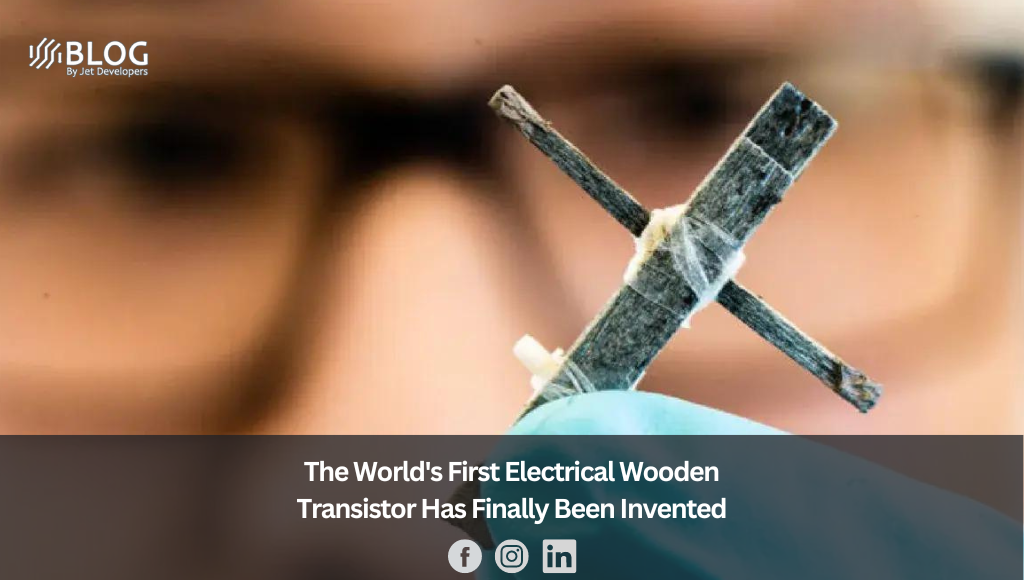Microsoft Research Lab in Cambridge has unveiled the world’s first analog optical computer which promises to solve optimization problems at a lightning-fast pace, a press release said. The computer uses photons and electrons to process continuous value data instead of crunching them to binary bits using transistors.
Optimization problems are everywhere around us whether one considers managing electricity on the grid or delivering goods to your doorstep from the warehouse of the seller. Optimizing involves the use of the least resources to maximize returns for processes. However, even the world’s fastest computers can end up spending years to solve them once the size of the problem grows.
The Traveling Salesman Problem is a classic example of this problem. It involves finding an optimum route to visit a set of cities just once before returning to the starting point. When computing for five cities, there are 12 possible routes that one can take. However, as the numbers of cities grow, the potential routes expand exponentially making them impossible to compute.
The Analog Iterative Machine
Researchers have used heuristic algorithms which can provide approximate solutions to such problems. However, even with their custom hardware, the approach has not yielded a practical alternative to conventional computers, which are limited by their binary abstraction of problems.

The research team at Microsoft suggests a more expressive abstraction that allows the use of mixed variables, both binary and continuous to solve problems of optimization. The team achieved this using an analog optical computer that they call the Analog Interactive Machine (AIM).
The team leverages the ability of photons to not interact with each other but with the matter through which they travel to perform simple mathematical operations like addition and multiplication.
By constructing a physical system that uses optics and electronics to perform vector-matrix multiplications, the team has found a way to efficiently and swiftly execute calculations needed to find solutions to optimization problems.
Further, the components of this system have been miniaturized to fit tiny centimeter-scale chips, making the AIM no bigger than a rack enclosure.

Real-world applications
Last year, the company built the first generation AIM computer that delivered an accuracy of up to seven bits. Now in an attempt to test it in the real world, Microsoft has teamed up with Barclays, a UK-based bank to test applications in financial markets.
Interbank transactions are settled at clearing houses which process hundreds of thousands of transactions on a daily basis. As banking transactions scale, the settlements take increasingly longer to be completed which is a real-world optimization problem.
The Microsoft team has already attempted using a basic version of AIM to solve the transaction problem and solved with accurately in tests so far. The team is now working to scale up the computer to handle a larger number of variables and more data.
Microsoft believes that an optical computer can address the two major issues with silicon-based computing. First, the diminishing returns on Moore’s Law where computing capacity per dollar has been declining over the years in chips as well as the limitations of computing in binary.
An optical computer could literally open a spectrum of options for researchers while also reducing resources spent on performing complex calculations.






